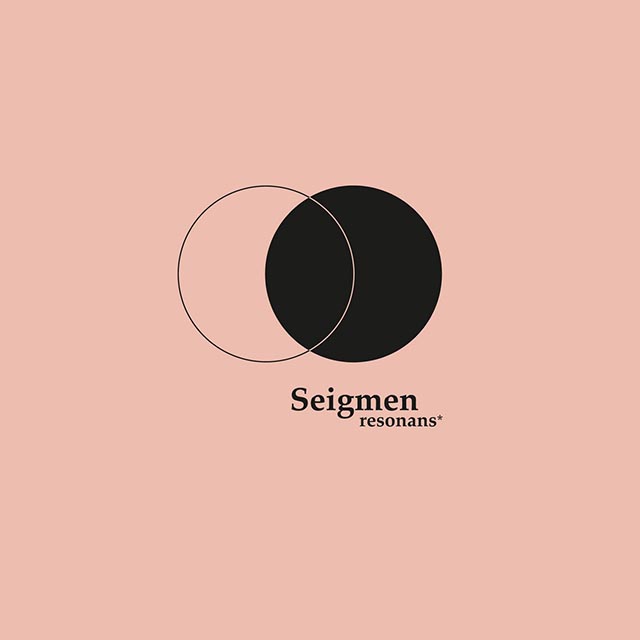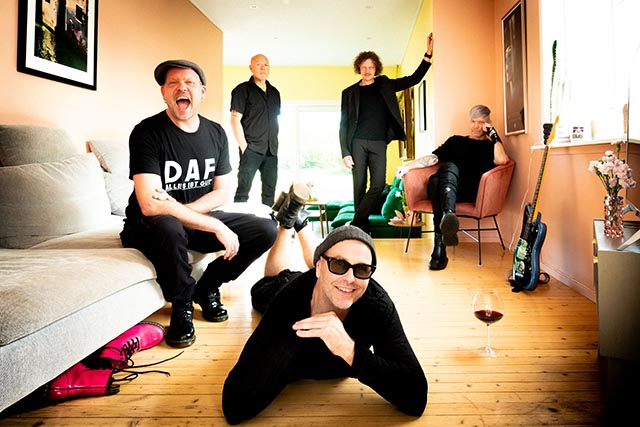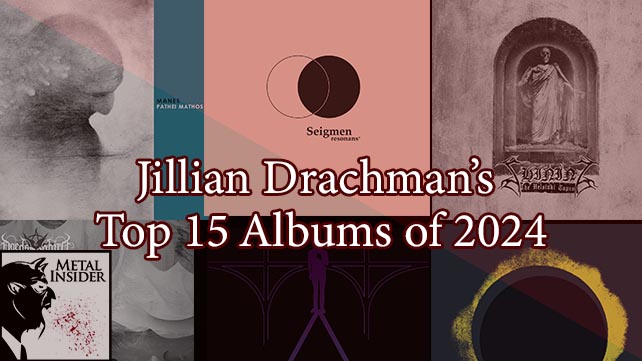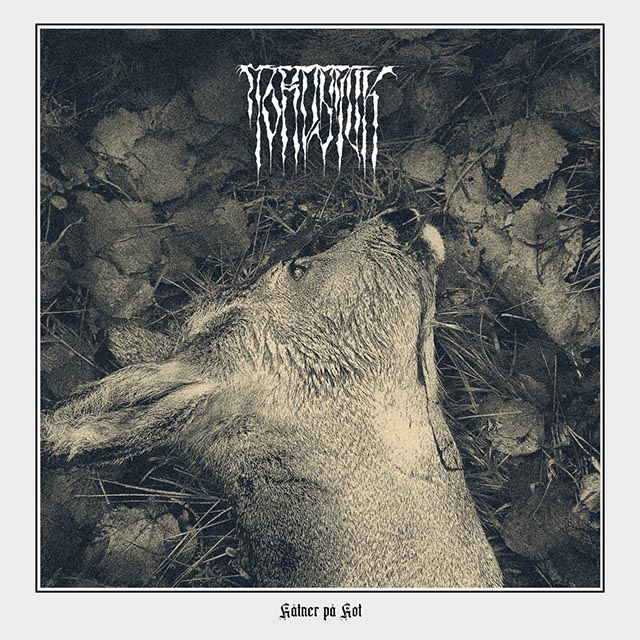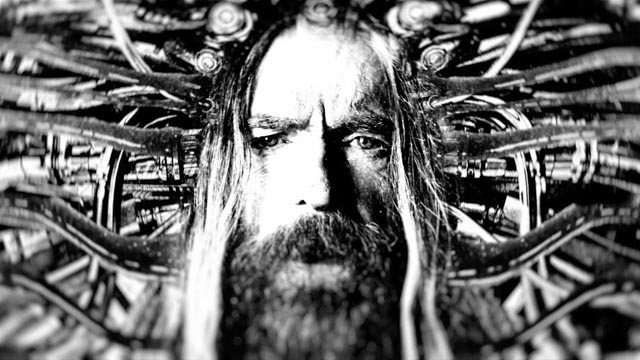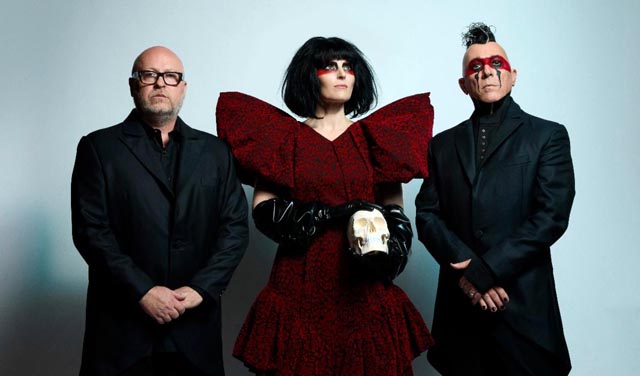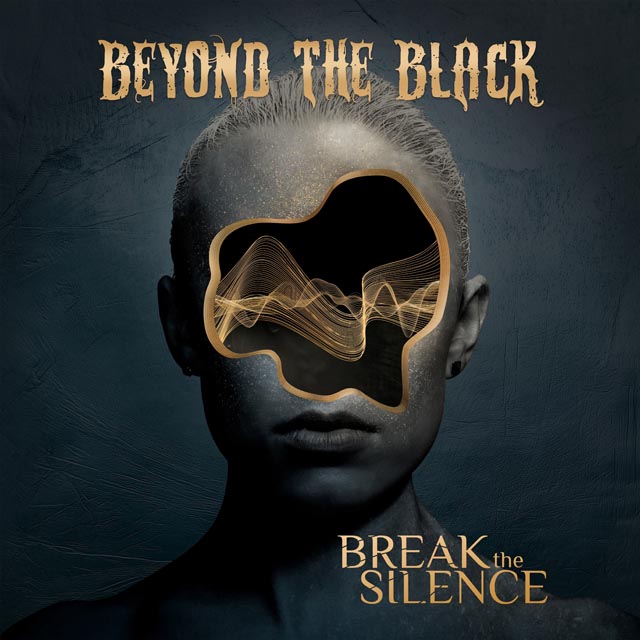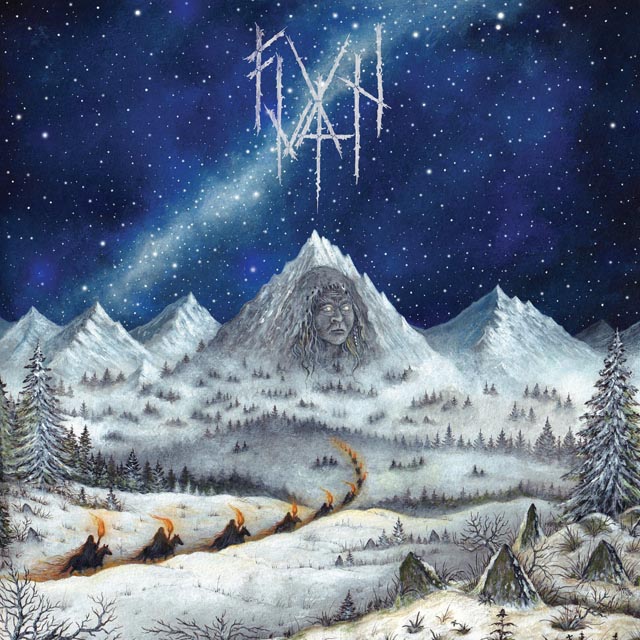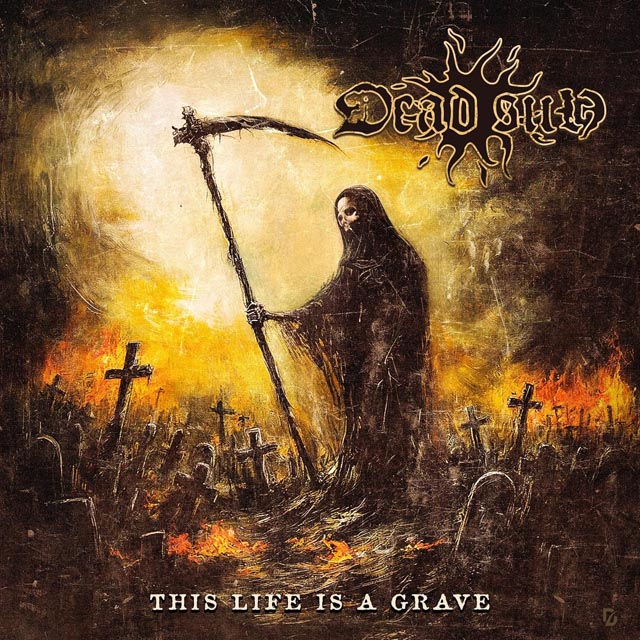Finally, the legendary Seigmen have returned with the long-awaited Resonans, their first album since Enola (2015). A group that even royals can’t help but adore, Seigmen performed at Crown Prince Haakon’s 40th birthday party, where the future king himself joined them onstage. Indeed, Seigmen have earned a reputation as one of Norway’s greatest treasures.Seigmen’s ingenuity was rewarded with a Spellemann / “Norwegian Grammy” in the category of “Best Rock Artist” for Metropolis (1995) — the follow-up toTotal (1994), a classic that defines its decade like no other. Seigmen’s sublime art forces us to disregard genre distinctions; the band is truly its own universe. That said, if asked to name my favorite alternative rock outfit, the answer would be simple. A magnificent addition to Seigmen’s catalogue, the wonderfully varied Resonans is an entrancing masterpiece that is bound to conquer even the most disagreeable listeners.
Formed in 1989 as Klisne Seigmenn, Seigmen’s core members have remained the same once all came aboard. Seigmen’s story centers around the wholesome friendship sustained by five geniuses: Resonans features Alex Møklebust on vocals, Kim Ljung on bass, Sverre Økshoff on guitars, Marius Roth Christensen on guitars, and Noralf Ronthi on drums. The tight chemistry and shared history of the titans involved are quite apparent on Resonans. As always, the Seigmen team brings complete authenticity and artistic integrity. All musicians deliver remarkable performances, and none of the elements allow the slightest room for doubt. Møklebust retains the whole of his supernatural magnetism as a frontman. Økshoff and Roth complement one another perfectly with their outstanding work. Noralf dictates the beat to which our hearts skip in a giddy frenzy. Ljung’s bass continues to push Seigmen’s excellence over the top.Ljung serves as Seigmen’s main composer, and the results are as brilliant as ever. Thus,Resonans delivers the vertigo-inducing magic that we are conditioned to expect from Seigmen. In large part thanks to Ljung, but, of course, owing to the full band, the songs have much substance yet act as incredibly infectious earworms. Resonans boasts the ideal blend of darkness and light. Ljung’smesmerizing lyrics flow beautifully and leave much to personal interpretation, permitting innumerable possibilities. They radiate a sense of enigmatic primordial wisdom.
Seigmen’s releases function as examples of the finest productions that one could hope to find. Indeed, Seigmen truly understand how to achieve their desired goals when entering the studio, and that is one aspect that immediately jumps out at listeners upon turning on Resonans. Ljung and Møklebust divided responsibility asResonans’ producers. Like Total, which was famously produced by Sylvia Massy, Resonans was tracked at Velvet Recording. This time, Christer Krogh handled engineering. The songs were mixed by different experts: Mike Hartung, Adam Noble, and, fortunately, Møklebust. George Tanderø mastered the effort. Listeners will definitely want to crank up the volume up on Resonans in order to catch the nuances that unfold with each listen. Nevertheless, Seigmen’s sound is massive, dynamic, and superbly balanced. It seems to extend into endless expanses. Resonans has an epic quality that consumes audiences like a narcotic. While Seigmen’s music is more than capable of moving enormous crowds, its allure seems rather esoteric and is of a refined nature. The artists behind Seigmen are absolute wizards at creating absurdly unique and immersive atmospheres. That is another one of their distinguishing attributes.
The exotic yet familiar aura that we expect from Seigmen can clearly be heard on Resonans’ opening track, “Elskhat.” This opus welds opposites and represents an omen of paradoxes to come throughout the record, which often resembles a giant riddle in the best of ways. Meanwhile, the second number, “Arkadia Ego,” which is comparatively warmer, possesses an inviting, though almost militaresque, grandeur. The rhythmic charm of this song overpowers us with great pomp. “Arkadia Ego”certainly highlights Seigmen’s dramatic flair. Yes, Resonans is both theatrical and intensely intimate. Next, “Når alle skjermer går i svart” offers hope of a light in the dark and gives the wistful sensation of a night spent roving through the Californian deserts. It quickly becomes apparent why the crowd-pleasing “Berlin” and “Kollaps” were selected as the album’s first and second singles respectively. For those unacquainted with Seigmen, these two gems should prove great access points and especially easy to fall in love with upon first play. They are connected by the no less excellent but more brooding “Eksplodere i det stille”: “Fantasere om å dø.” “Kollaps” is followed by the extremely cool “Melanchthon.” The nostalgic acoustic guitar intro engenders Western vibes. On the one hand, this is a fitting track for a powerhouse whose future may not have always seemed so certain: “Ennå er det tid, Tid igjen til håp, Tid for tilgivelse, Tid igjen til gråt.” All the same, “Melanchthon,” with its background echoes, appeals to the full range of our impulses and makes us go a little crazy: “Raserer når jeg er rolig, Knuser alt til støv.” The more upbeat “Voltaire!” then provides a pleasant change of mood. A remarkably catchy tune, “Voltaire!” soothes and gently seduces.
The dangerous penultimate composition, “Blasfem,” lasts for ten minutes and forty-five seconds. Although the vocals don’t kick in until past the seven-minute mark, “Blasfem” keeps us wholly captivated and effectively builds suspense in a cinematic manner. It lends the unnerving, angst-inducing impression of a train ride to perdition as human vocalizations and other noises lurk. Eventually, the music acquires a more reassuring air, and lustrous tones transport us out of our misery. “Blasfem” never loses an ounce of its momentum and ends with the image of two naked bodies reminiscent of crosses. Resonsans’ finale, the whimsical and divine “Tønsberg,” is a very different type of track. “Tønsberg” showcases the angelic voice of Roth Christensen, who blows us away with his operatic vocals. After all, Roth Christensen is an award-winning tenor who performs with the Norwegian National Opera, though he is sadly retiring this spring. Later on, Møklebust takes his turn on vocals. Composer Ginge arranged strings for “Tønsberg.” This glorious anthem sparkles with shimmering textures. Ultimately, “Tønsberg” provides solid proof that it will be a criminal offense if the government doesn’t commission Seigmen to craft hymns to Norway.
Resonans’ peach pink cover art by Sigurd N. Kristiansen may be viewed as symbolic of the fact that Seigmen are still every bit as peachy as they were when they first embarked upon their journey. Resonans is both refreshingly youthful and sophisticated, a testament to Seigmen’s complexity and versatility. This record will give listeners the feeling of discovering music for the first time. In conclusion, if the whole world collapses, Resonans is an album to save.
Rating: 5/5
(Order Seigmen’ Resonans here.)

